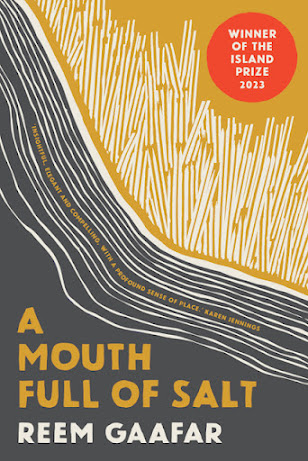The Saga of the Suez Canal @ The Arab World Institute, Paris
Forty centuries have passed since Pharaoh Sesostris III had the first canal built linking the major bodies of water in and around Egypt. Since then, umpteen nations and empires have sought to capitalise on the project. Various iterations have been built, fallen into disrepair and rebuilt, only to be abandoned according to the priorities of the potentate. In the 18th Century Napoleon commissioned studies into making the Suez Canal a reality. When miscalculations temporarily put paid to that dream, a few decades later even Holy Men wanted a piece of the action. Under the aegis of Prosper Enfantin, the Saint-Simoniens established their own Suez Canal society and improved on the sums.

In its various guises the Suez has been a symbol of great technological achievement, socio-political unrest, the injustices of colonisation and Pan-Arab pride.
L’Épopée du Canal de Suez (The Suez Canal Saga) exhibition at Paris’ World Arab Institute is a contemplative walk through the history of this troubled civil engineering marvel. Photography, oil-based portraits, watercolours, model towns, ancient reliefs, sculptures, animated documentaries and feature films all contribute to the grand, millenia-straddling narrative.
The exhibition begins with the opulent opening ceremony of the modern Suez Canal in 1869, to which countless world dignitaries were invited. Egyptian viceroy Ismail Pasha commenced the great architectural feat ten years earlier. It was to represent the country’s emergence from the shadow of the Ottoman Empire. Subsequent construction and repairs led to discoveries of artefacts from the Rameses’ period. This no doubt enhanced a sense of national pride.
The realisation of the Canal was the fruit of an ever uneasy relationship between Egypt and Western powers. Influenced by French consul Ferdinand de Lesseps, Said Pacha authorised the creation of the Suez Canal Company in the mid-19th Century. The country only had a 44% stake compared to that which had been divvied up between sundry Western nations. Whoever could control such a strategic thoroughfare could effectively control much of the world’s trade. Whilst world powers kept a close eye on their latest colonial grab, tens of thousands of ordinary, usually poor Egyptians died whilst building the Canal.
The ultimate showdown ensued when President Gamal Abdel Nasser decided to nationalise the Company in 1956. He had the widespread support of his compatriots, colonised nations and the USSR. Unsurprisingly, Nasser’s decision attracted the military wrath of imperialist stakeholders France and Britain as well as Israel, who saw the move as a threat against its newly-founded nation. This tension between Egypt and Israel resurfaced during the Six Day War (1967) and culminated in the October War of 1973.
The exhibition does contain less doleful points of interest such as the prototype for the Statue of Liberty existing in the form of Auguste Bartholdi’s never-commissioned Suez Lighthouse. One of the cities constructed from scratch around the Canal, Port Said, was a hub of Art Deco experimentation in the 1930s.
Expansion of the Suez project has continued as recently as 2015 and is ongoing in one form or the other, thus can be considered a triumph of Egypt’s determination on the global political stage.
L’Epopee du Canal de Suez exhibition continues at the World Arab Institute, Paris until 5 August 2018.


